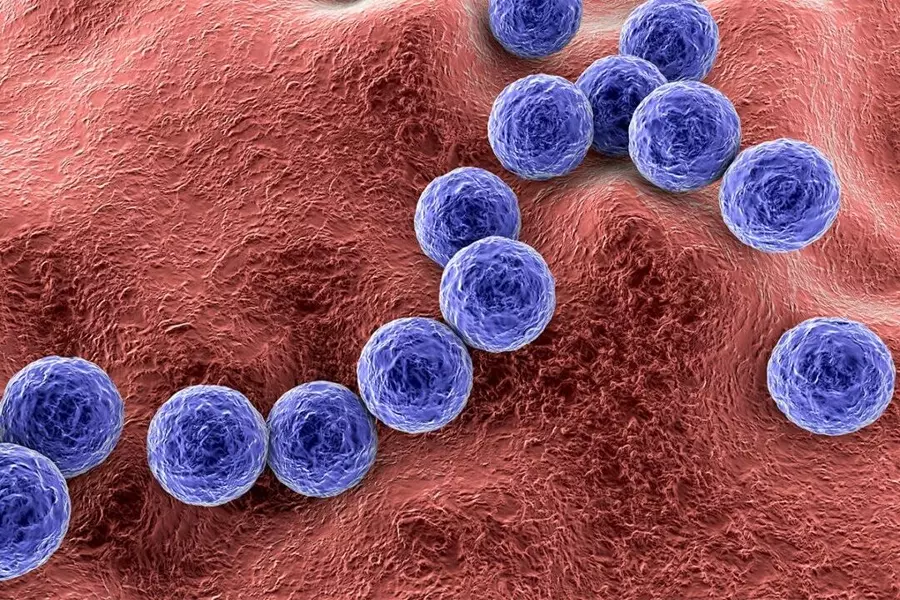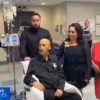Twenty years ago, organic chemistry professor Fredrik Almqvist was tasked by researchers at Washington University in St. Louis (WashU) to create a compound that would prevent urinary tract infections caused by Gram-negative bacterial infections. His team’s compounds were screened for their effects and surprisingly proved highly effective at killing various Gram-positive bacteria, including multidrug-resistant strains flagged as concerning threats by the U.S. Centers for Disease Control and Prevention (CDC.
The researchers concentrated on one compound, PS757, which has shown promise in lab tests against methicillin-resistant Staphylococcus aureus (MRSA), vancomycin-resistant Enterococcus faecalis (VRE), multidrug-resistant Streptococcus pneumoniae, and erythromycin-resistant Streptococcus pyogenes (S. pyogenes. Further studies focused on the effect of PS757 on S. pyogenes in animals, a potentially flesh-eating bacteria that can cause a wide range of infections from mild localized ones to fatal soft-tissue infections or necrotizing fasciitis.
An animal study published in Science Advances showed that the compound may help control the spread of the flesh-eating bacteria, S. pyogenes, in rats and aid in their recovery. Rats injected with PS757 in their skin had more minor ulcers and open wounds and healed faster than those not treated with the compound.
Current antibiotics for S. pyogenes focus on killing bacteria that are actively growing and replicating, but are ineffective against non-growing bacteria, which can contribute to bacterial resistance. PS757 has been shown to kill persister cells, living bacteria that have stopped growing, thereby reducing antibiotic resistance.
Another unique aspect of the compound is its ability to kill bacteria within biofilms, which are created when bacteria attach to a surface and form a community. These bacterial communities are more resistant to antibiotics but PS757 can still effectively kill them without increasing the dose.
Despite the promising results, Almqvist and his team acknowledge that much more work is needed before the compound is ready for pharmaceutical use. They explained that fine-tuning of the final compound, research to understand how the drug behaves, its dosage, why and how it kills bacteria, and how to optimize its effects are all necessary steps to fully develop PS757 into a viable candidate drug.
The patent for the compound used in the study has been licensed to a company with the expectation of facilitating pharmaceutical development and clinical trials.




